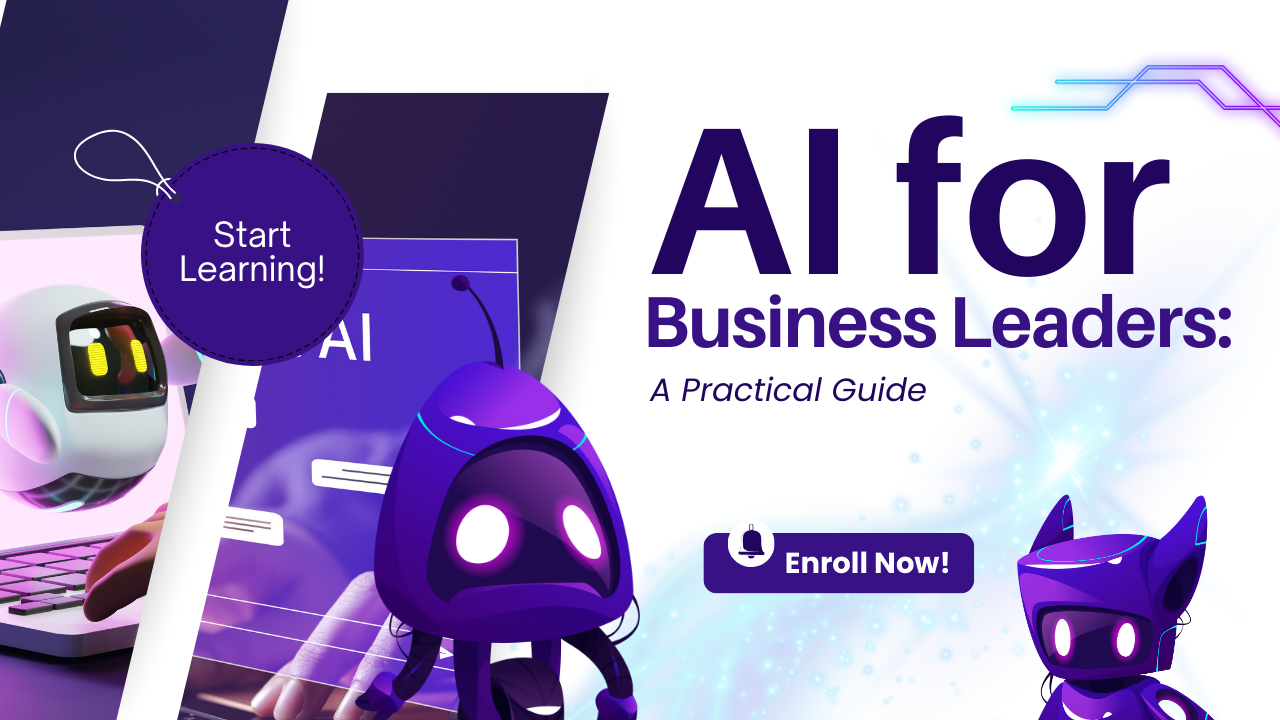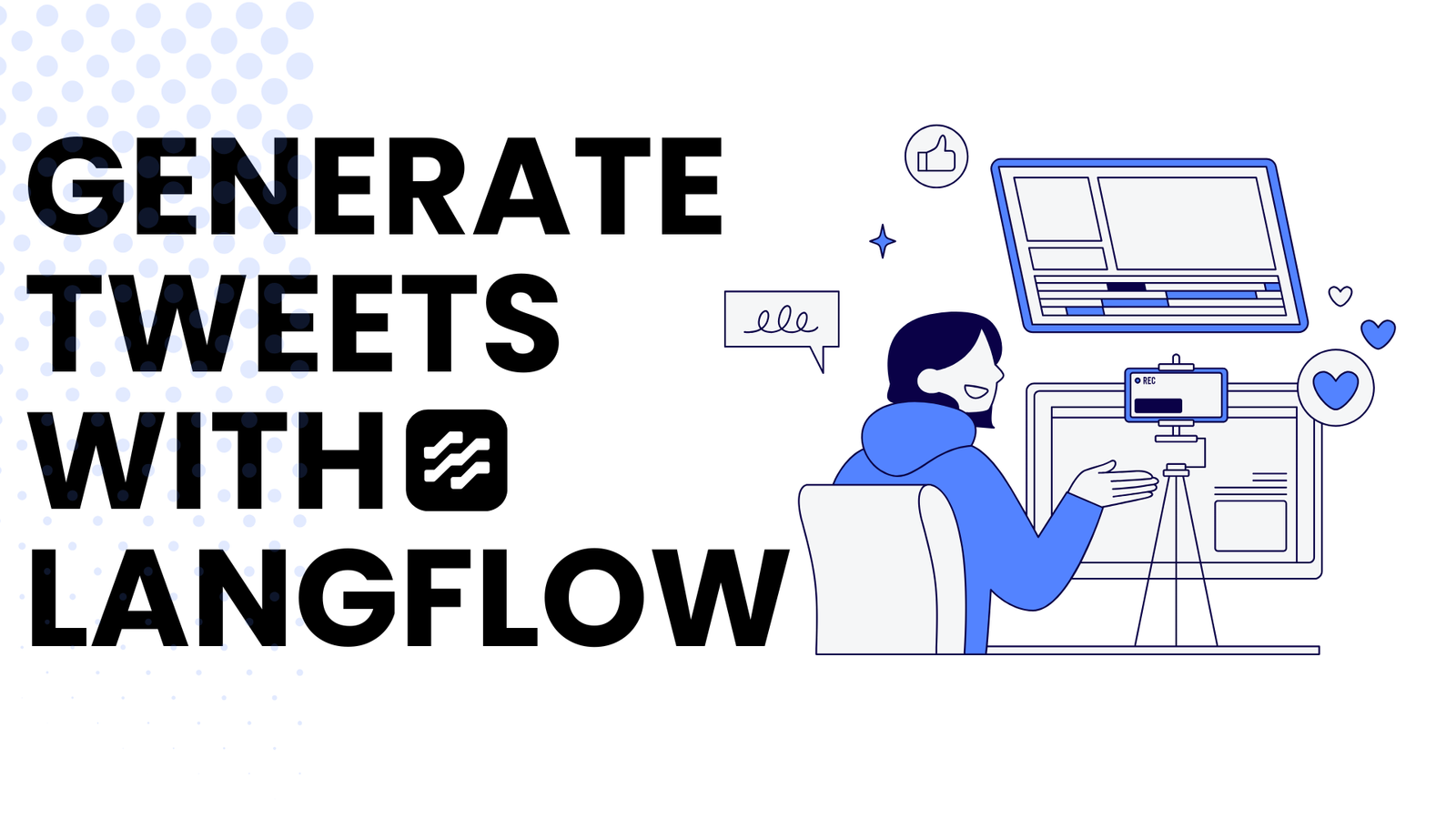I still remember that rainy Tuesday evening. While scrolling through my social media feed, I stumbled upon a video of someone creating stunning artwork using something called “artificial intelligence.” The artist explained how they had generated this masterpiece without traditional artistic skills, using only prompts and an AI tool. I was mesmerized and immediately wanted to learn more, but one thought held me back: “Don’t these fancy AI platforms cost a fortune?”
That night launched my journey into the world of AI learning. What I discovered surprised me—there’s an incredible wealth of free resources available for anyone interested in mastering AI. Today, I want to share my story of going from complete novice to confidently using various AI technologies without spending a dime. Whether you’re interested in AI art generation, chatbots, machine learning, or data analysis, this guide will show you the path I took and how you can follow it too.
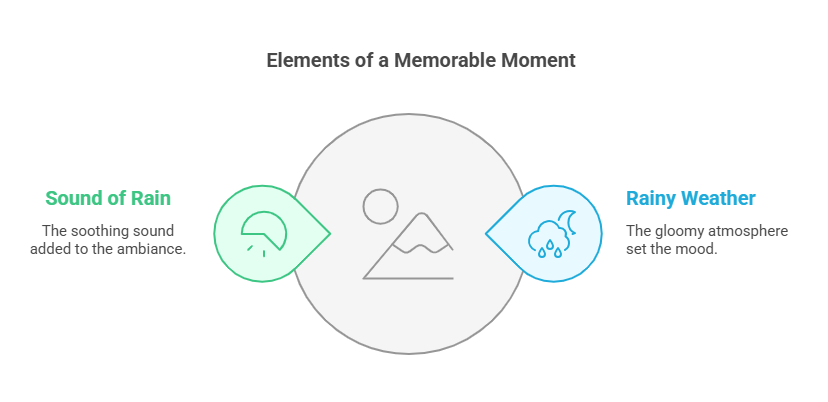
What Does the AI Landscape Look Like?
Before diving into specific tools, I needed to understand what was actually out there. The AI ecosystem is vast and growing daily. During my initial research, I discovered that artificial intelligence encompasses numerous subfields, each with its own specialized tools.
I started by categorizing the major types of AI applications available to everyday users:
- Generative AI tools for creating text, images, music, and videos have revolutionized creative work by allowing non-experts to produce professional-quality content through simple text prompts.
- Conversational AI platforms for chatbots and virtual assistants have transformed how businesses interact with customers and how individuals access information through natural language interfaces.
- Data analysis and machine learning tools for processing information enable users to uncover patterns and insights from complex datasets without advanced statistical knowledge.
- Automation tools for streamlining workflows help eliminate repetitive tasks by teaching AI to handle routine processes across various applications and platforms.
- AI coding assistants for software development accelerate programming work by suggesting code completions, debugging errors, and even generating entire functions based on natural language descriptions.
Each category serves different purposes, and understanding this landscape helped me focus my learning efforts. I decided to start with generative AI since it seemed the most accessible for beginners and aligned with my creative interests.
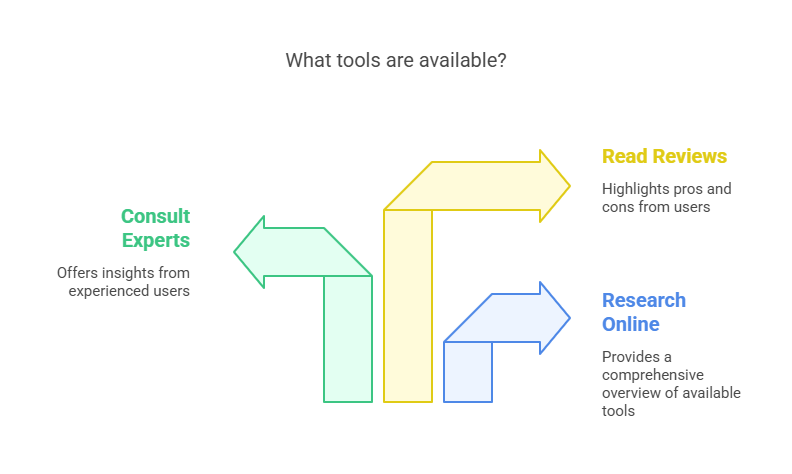
Which Free AI Tools Can You Start Using Today?
My first breakthrough came when I discovered that many leading AI companies offer free tiers of their products. This “freemium” model means you can access basic features without paying, which is perfect for learning.
I started with OpenAI’s ChatGPT, which offers a free version that’s incredibly powerful for text generation, learning concepts, and getting coding help. I spent hours asking it questions about artificial intelligence and how different tools worked. It became my personal tutor, explaining complex concepts in simple terms.
Next, I experimented with Stable Diffusion, an open-source image generation model that can be run locally on your computer if you have a decent graphics card. Unlike some competitors that charge per image, this allowed me unlimited creation once set up. The AUTOMATIC1111 Web UI made this particularly accessible for beginners.
For data projects, I found that Google Colab provides free access to GPU computing resources, perfect for running machine learning algorithms without expensive hardware. I could practice Python programming and implement deep learning models using frameworks like TensorFlow and PyTorch at no cost.
Other excellent free tools include:
- Hugging Face Hub – Access thousands of open-source AI models
- Perplexity AI – Research assistant with free tier
- Claude – Alternative AI assistant with a generous free tier
- Craiyon (formerly DALL-E Mini) – Simple, free image generator
- Microsoft Bing Image Creator – Limited free high-quality image generations
- Leonardo.ai – Free tier for AI art creation
The availability of these free tools has democratized access to AI technology in unprecedented ways. Just five years ago, working with these kinds of advanced models would have required specialized knowledge and expensive computing resources. Today, anyone with internet access can begin experimenting with state-of-the-art AI.
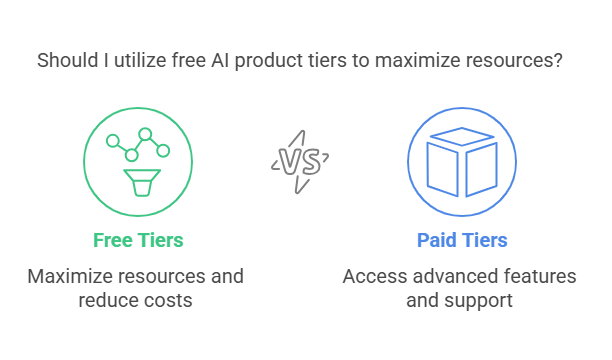
How Are People Using AI in Real Life?
To deepen my understanding, I joined several AI communities on Reddit (r/MachineLearning, r/StableDiffusion), Discord (the Stable Diffusion server and Hugging Face community), and specialized forums. What struck me was the incredible diversity of applications people were developing with free tools.
I met a university student who used natural language processing to analyze literature for her thesis, a small business owner leveraging AI automation to handle customer service inquiries, and a graphic designer who incorporated AI-generated images into his workflow to speed up concept development.
One story particularly resonated with me. Maria, a high school teacher, used free AI tools to create personalized learning materials for her students. Without any advanced technical background, she learned to use ChatGPT to generate practice problems, text-to-speech models to create audio resources for auditory learners, and simple computer vision applications to make interactive science demonstrations.
Maria’s journey inspired me because she focused on practical applications rather than getting overwhelmed by technical details. She mastered one tool at a time, always with a specific purpose in mind. I decided to adopt this approach for my own learning journey.
The key insight from these community interactions was that successful AI learners don’t try to become experts in every aspect of the technology. Instead, they identify specific problems they want to solve, then learn just enough about the relevant tools to address those challenges.
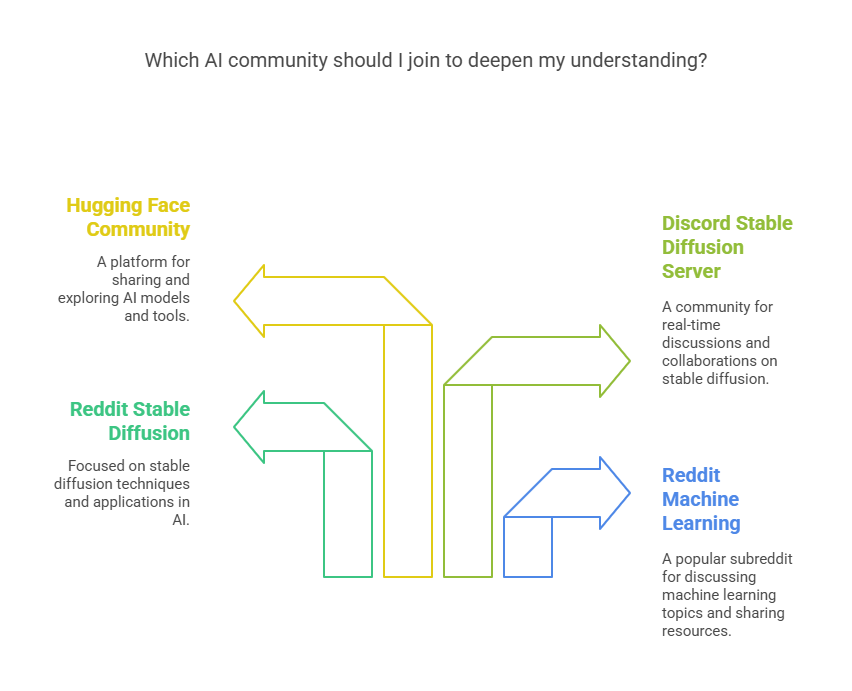
What’s the Best Way to Approach AI Learning?
Maria’s story gave me a framework for my own exploration. I would pick a single project and use it as a thread to learn multiple tools and concepts. After some thought, I settled on creating an automated blog that would generate content, images, and even data visualizations using various AI technologies.
This project would require:
- Text generation for creating the blog content would involve learning how to craft effective prompts for AI language models to produce coherent, informative articles on specific topics.
- Image synthesis for illustrations would require understanding how to use AI art generators to create visuals that complement the written content appropriately.
- Data analysis for incorporating relevant statistics would mean learning how to process information and extract insights that could enhance the credibility of the blog posts.
- Automation workflows to bring everything together would involve connecting different AI tools into a seamless system that could operate with minimal human intervention.
By focusing on this single project, I could learn multiple tools while building something practical. This approach gave me clear motivation and measurable progress indicators.
The blog project also provided natural progression in difficulty. I could start with basic text generation, then gradually add more complex components as my skills improved. Each new feature built upon previous knowledge, creating a structured learning path.
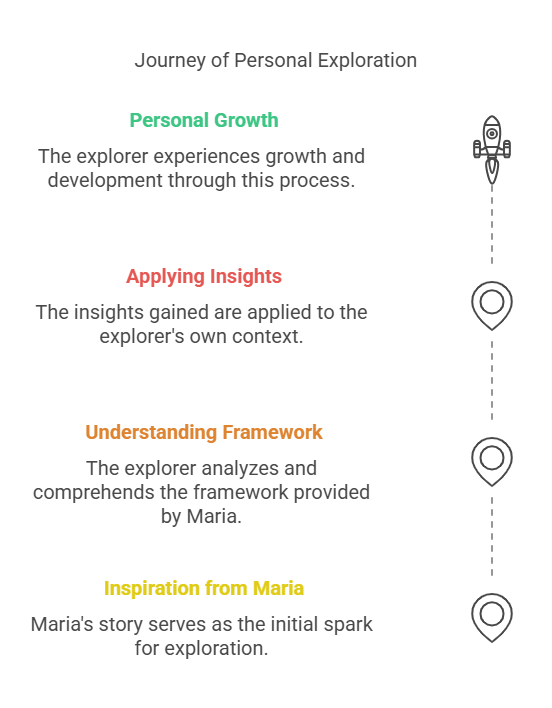
Step One: How Can You Master Text Generation for Free?
With my blog project in mind, I first needed to learn text generation. I found several excellent free resources:
- OpenAI’s documentation provided comprehensive guides on effective prompting that taught me how to structure requests to get more coherent, accurate, and useful responses from language models.
- YouTube tutorials by creators like AI Explained and PromptEngineering taught me advanced techniques for controlling the style, format, and content of AI-generated text.
- GitHub repositories with prompt examples like Awesome ChatGPT Prompts and LLM Prompt Engineering showed me how professionals structure their requests for different use cases, from creative writing to technical documentation.
I practiced by generating small articles on topics I knew well, which helped me evaluate the quality of the output. I quickly learned that prompt engineering—the art of crafting effective instructions for AI—was crucial for getting good results.
One breakthrough came when I discovered the concept of “chain-of-thought prompting,” which involves asking the AI to work through problems step by step. This dramatically improved the quality and accuracy of the content I generated.
For my blog project, I created a template that included sections for introduction, key points, examples, and conclusion. By refining my prompts, I could generate coherent articles that needed only minimal editing.
Understanding the importance of context was another key lesson. I found that providing background information, setting a specific tone, and defining the target audience in my prompts significantly improved the relevance and quality of the generated content. This technique transformed my results from generic text to engaging, focused articles.
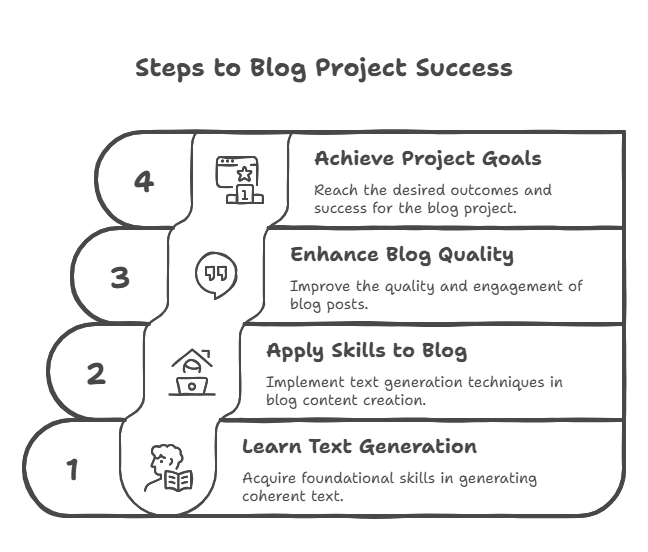
Step Two: Where Can You Find Free Tools for AI Image Creation?
With the text component of my blog coming together, I turned my attention to visuals. Having compelling images would make my content more engaging, but I had no budget for stock photos or graphic design.
I discovered several free image generation options:
- Craiyon (formerly DALL-E Mini), which provides unlimited free generations though at lower resolution than some paid alternatives, still offers enough quality for blog illustrations and concept development.
- Stable Diffusion Web UI, which can be installed locally provides access to a powerful image generation model that can be customized through various settings to achieve specific styles and effects.
- Microsoft Bing Image Creator, which offers a limited number of free generations each day, produces high-quality images with a user-friendly interface that requires minimal technical knowledge.
- Leonardo.ai offers a free tier with a monthly credit allowance that refreshes, perfect for creating high-quality images for blog posts.
Learning to create effective image prompts was similar to text prompting but with its own unique challenges. I found that specificity was even more important for images. Rather than asking for “a businessman at a desk,” I learned to request “a close-up photograph of a focused middle-aged businessman working at a modern desk with a laptop, soft window lighting from the left, professional setting, 8k detail.”
The AI art community was incredibly helpful here. I found a Discord server where people shared their prompts and resulting images, which gave me a library of examples to learn from. The Stable Diffusion Discord was particularly valuable, with channels dedicated to prompt sharing and technique discussions. Many experienced users were happy to explain their techniques to newcomers.
For my blog project, I created a standard template for featured images that maintained a consistent style while changing the subject matter for each post. This gave my AI-generated blog a cohesive visual identity.
I also learned that combining AI generation with simple post-processing in free tools like GIMP or Canva (free tier) could elevate the quality of my images. Minor adjustments to contrast, color balance, and composition helped transform good AI-generated images into great ones.
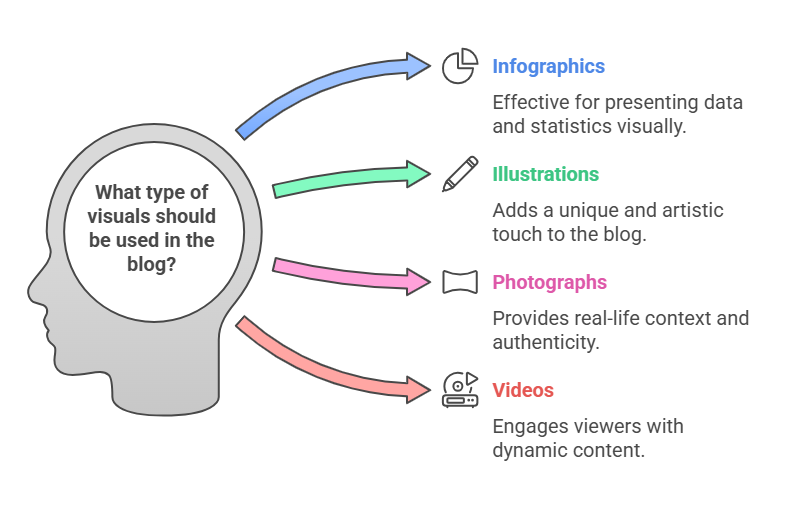
Step Three: How Can Data Analysis Make Your AI Projects Better?
To make my blog posts more authoritative, I wanted to include data and statistics. This meant learning data analysis tools that could process information and generate insights.
I discovered several free options:
- Google Colab for running Python-based data analysis provides a cloud-based environment where you can write and execute code without installing anything on your computer, complete with access to powerful computing resources.
- Kaggle Notebooks, which provide free computing resources and access to datasets offers not just tools but also a vast library of public datasets on virtually any topic, perfect for finding relevant information for blog posts.
- Hugging Face Spaces, which allow you to use pre-trained models for various analysis tasks makes it possible to leverage sophisticated AI techniques without writing complex code or understanding the underlying mathematics.
I started with basic data visualization using libraries like Matplotlib and Seaborn, which I could run in Colab notebooks. These tools allowed me to create charts and graphs from publicly available datasets to illustrate points in my blog posts.
As I grew more confident, I explored natural language processing models that could analyze sentiment in text or extract key information from articles. This allowed me to incorporate trending topics and public sentiment into my blog content.
For my project, I created a simple workflow where I would use Python scripts to analyze recent news articles on my blog topics, extract key statistics, and generate visualizations that I could include in my posts.
The ability to support claims with data transformed my content from mere opinion to evidence-based analysis. Even simple charts showing trends or comparisons added substantial value to my articles and increased their credibility.
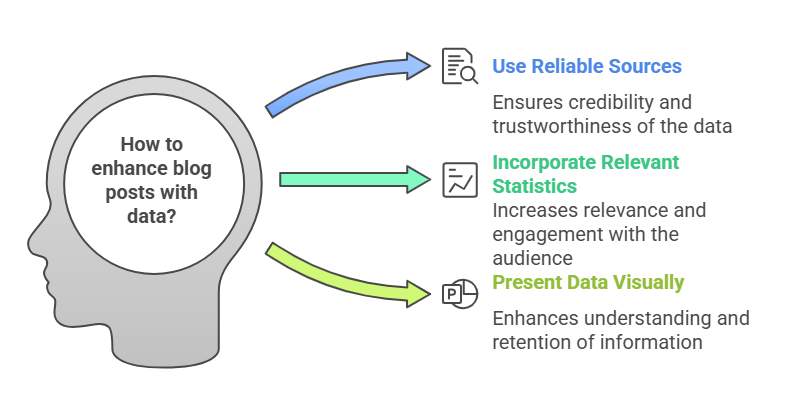
Step Four: What’s the Secret to Automating Your AI Workflows?
With the individual components working, I needed to bring everything together into an automated workflow. This is where I discovered the power of automation platforms and no-code tools.
Several free options stood out:
- Make.com (formerly Integromat), which offers a free tier for simple automations allows users to connect different web applications and services through a visual interface, creating workflows that run automatically on a schedule or in response to triggers.
- Google Apps Script for integrating with Google products enables powerful automation within the Google ecosystem, perfect for projects that involve Google Docs, Sheets, or other Google services.
- GitHub Actions for more technical automation workflows provides a robust platform for creating complex automation sequences, especially useful for projects that involve code or version control.
- n8n.io is an open-source workflow automation tool that can be self-hosted for free, offering powerful integration capabilities.
I created a simple automation where:
- A scheduled trigger would initiate the process weekly
- An AI would generate a blog post on a trending topic related to my niche
- Another AI would create an appropriate featured image
- The content would be formatted and published to a free WordPress site
This entire workflow ran automatically and cost nothing to maintain. While the free tiers had limitations (like fewer runs per month or longer processing times), they were more than adequate for my learning project.
The sense of accomplishment when I saw my first fully automated post go live was incredible. I had created a system that could produce content while I slept, all using free tools and self-taught skills.
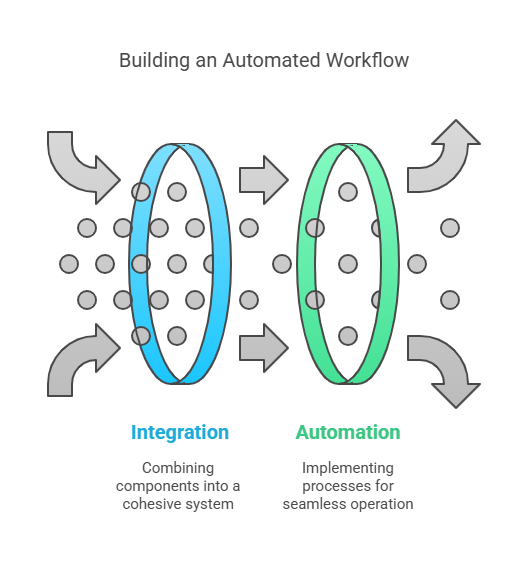
Ready to Dive Deeper? Where to Find Specialized AI Knowledge?
With my blog project running smoothly, I began to explore specialized areas of AI technology that interested me. I discovered that the same pattern of free resources existed in virtually every sub-field.
For machine learning, I found comprehensive courses on platforms like:
- Coursera, which offers free audit options for courses from top universities provides access to world-class instruction from institutions like Stanford, deeplearning.ai, and Google. Andrew Ng’s Machine Learning course is particularly excellent.
- fast.ai, which provides practical deep learning courses at no cost takes a top-down approach to teaching AI concepts, starting with practical applications before diving into theory.
- Google’s Machine Learning Crash Course, a free resource with hands-on exercises covers essential concepts in machine learning with interactive components that reinforce learning.
- Stanford’s CS229 and CS231n courses available for free on YouTube.
For natural language processing, I leveraged:
- Hugging Face’s NLP Course, which teaches you how to use state-of-the-art models walks through the entire process of building NLP applications, from basic concepts to advanced implementations.
- The spaCy course, which focuses on practical NLP applications provides hands-on tutorials for processing and analyzing text using one of the most popular NLP libraries.
- Transformers from Scratch, an excellent free resource for understanding how modern language models work.
For computer vision:
- PyImageSearch offers many free tutorials covering everything from basic image processing to complex neural networks for object detection and classification.
- Stanford’s CS231n course materials are freely available online and provide a comprehensive introduction to convolutional neural networks and their applications in visual recognition.
- Computer Vision Recipes by Microsoft offers practical implementations for common CV tasks.
In each case, I applied the same project-based learning approach. I would identify a specific addition I wanted to make to my blog project, then learn just enough of the specialized knowledge to implement that feature.
This targeted learning strategy proved far more effective than trying to master entire fields. By focusing on specific applications, I avoided the “tutorial hell” that many learners fall into, where they consume endless educational content without building anything practical.
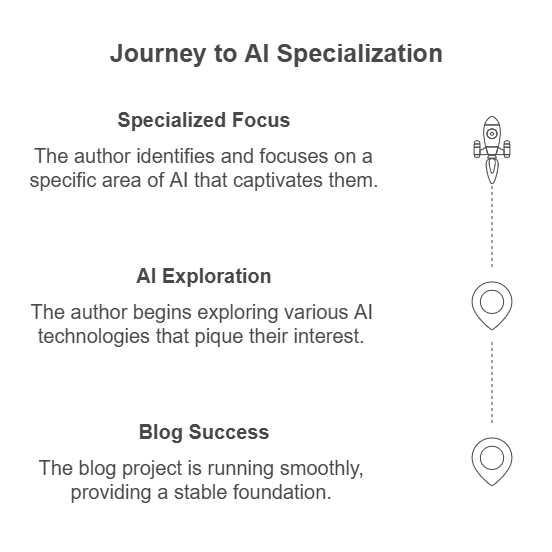
What Challenges Might You Face, and How Can You Overcome Them?
My journey wasn’t without obstacles. Free tiers have limitations, and I occasionally hit walls where premium features seemed necessary. However, I discovered creative workarounds for most issues:
When I exceeded usage limits on certain AI platforms, I would rotate between different services or spread my usage over time. Instead of generating 50 images in one day, I’d create 10 images per day over five days.
When I needed more computing power than free tiers provided, I learned to optimize my code and models. Simplifying a neural network or being more selective with data often brought resource requirements within free limits.
When certain advanced features were paywalled, I looked for open-source alternatives. The AI open source community has created remarkable tools that often match or exceed the capabilities of commercial products in specific areas. For example, I used GPT4All to run language models locally when I exceeded online API limits.
For my blog project, these limitations actually improved the final result. By working within constraints, I learned to be more efficient and thoughtful about what I was creating.
Another unexpected benefit of these constraints was that they forced me to truly understand the technologies I was using. When you can’t just throw more computing power at a problem, you need to be smarter about your approach, which leads to deeper learning.
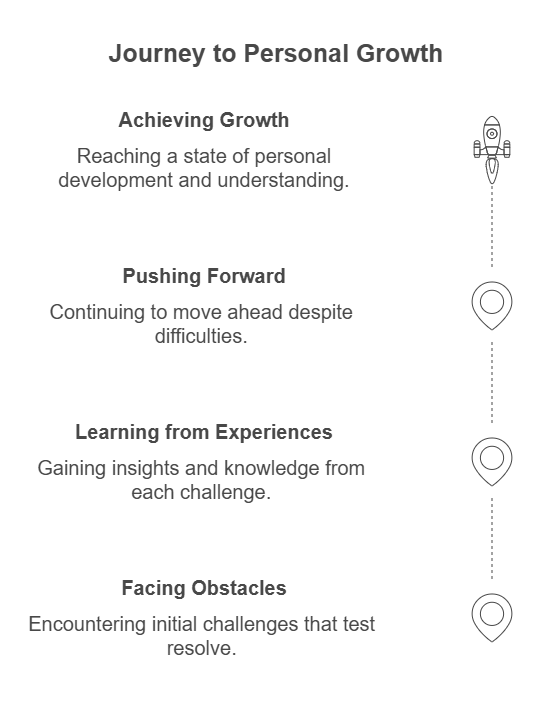
Why Is Community So Important for AI Learners?
Perhaps the most valuable free resource I discovered was the AI community itself. I connected with fellow learners and experts through:
- Discord servers dedicated to specific tools like Stable Diffusion or LangChain provide real-time help and discussion with people working on similar projects and challenges.
- Reddit communities like r/MachineLearning and r/ArtificialIntelligence offer platforms for asking questions, sharing resources, and discussing new developments in the field.
- Twitter/X by following AI researchers and practitioners who share knowledge allows you to stay updated on cutting-edge developments and discover new tools and techniques. Accounts like @_akhaliq and @dair_ai regularly share valuable resources.
- GitHub discussions on popular AI project repositories connect you directly with developers and users of specific tools, often providing solutions to technical problems.
These communities provided immediate feedback, answered questions, and shared new resources as they became available. When I got stuck, I could always find someone who had solved a similar problem.
For my blog project, community feedback helped me refine my approach and discover techniques I would never have found on my own. Someone suggested using embeddings to ensure thematic consistency across generated posts, while another shared a prompt template that dramatically improved the quality of my outputs.
The collaborative nature of these communities meant that learning happened faster than it would have in isolation. Each person brought their unique expertise and perspective, creating a collective knowledge base far greater than any individual could develop.
How Can You Give Back to the AI Community?
As my skills grew, I transitioned from just consuming free resources to contributing back to the community. I started by:
- Documenting my processes in detailed guides that walked through my solutions to common problems, complete with examples and troubleshooting tips.
- Sharing effective prompts I had developed for both text and image generation, along with explanations of why certain approaches worked better than others.
- Creating simple tools that solved problems I had encountered, from prompt templates to small utility scripts that automated repetitive tasks.
To my surprise, contributing made my learning accelerate even further. Explaining concepts to others consolidated my own understanding, and the feedback I received on my contributions pointed me toward new areas to explore.
For my blog project, I open-sourced the entire automation workflow, allowing others to create their own AI-generated blogs. The questions and suggestions I received helped me refine the system further.
This virtuous cycle of learning, creating, sharing, and improving became the engine of my continuous growth. Each contribution I made came back to me multiplied through community feedback and collaboration.
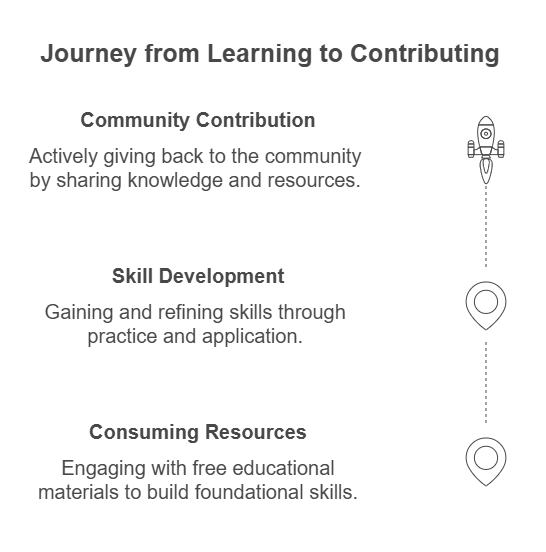
What Does the Future Hold for Free AI Learning?
As I reflect on my journey, I’m amazed at how much I’ve learned without spending money. The democratization of AI education is happening at an unprecedented pace, with new free resources appearing daily.
Looking forward, several trends suggest free AI learning will become even more accessible:
- Cloud providers are competing to offer free tiers to attract new users, continually expanding the computing resources available at no cost to encourage adoption of their platforms.
- Open-source models are rapidly approaching the capabilities of commercial alternatives, with volunteer communities developing sophisticated AI systems that anyone can use and modify. Projects like LLaMA and its derivatives are pushing the boundaries of what’s freely available.
- Educational platforms are expanding their free AI curriculum offerings as demand for these skills grows across all industries and sectors.
- Community-developed tools are making complex AI techniques more accessible through user-friendly interfaces and simplified workflows that hide technical complexity.
For beginners starting today, the path is even clearer than when I began. You can focus on learning concepts and applications rather than worrying about costs or technical barriers.
The growth of specialized AI tools designed for specific industries means that domain experts can now apply AI to their fields without having to become AI experts themselves. This trend toward accessible, domain-specific tools will accelerate as AI becomes further integrated into everyday workflows.
Ready to Begin Your AI Journey?
My AI-generated blog project evolved from a simple learning exercise into a fully functional system that continues to operate today. Through this single project, I learned:
- Text generation and prompt engineering which gave me the ability to create written content efficiently and at scale.
- Image synthesis and visual prompt creation which allowed me to illustrate concepts without traditional artistic skills.
- Data analysis and visualization which enabled me to support my content with evidence and insights.
- Workflow automation and system integration which freed me from repetitive tasks and multiplied my productivity.
- How to navigate the broader AI ecosystem which prepared me to adapt as technologies continue to evolve.
The most important lesson was that learning artificial intelligence doesn’t require expensive courses, premium subscriptions, or specialized degrees. With curiosity, persistence, and the wealth of free resources available, anyone can build practical AI skills.
That rainy Tuesday evening when I first discovered AI art seems distant now. What began as casual interest has transformed into a passion and valuable skill set that continues to grow. And the best part? The entire journey cost me nothing but time and energy.
If you’re standing where I once stood, curious but hesitant, I encourage you to take that first step. Pick a simple project that interests you, find the free tools that can help you build it, and connect with the community of learners and experts who are generously sharing their knowledge.
Your journey into artificial intelligence can start today, without spending a cent. The only question is: what will you create?

